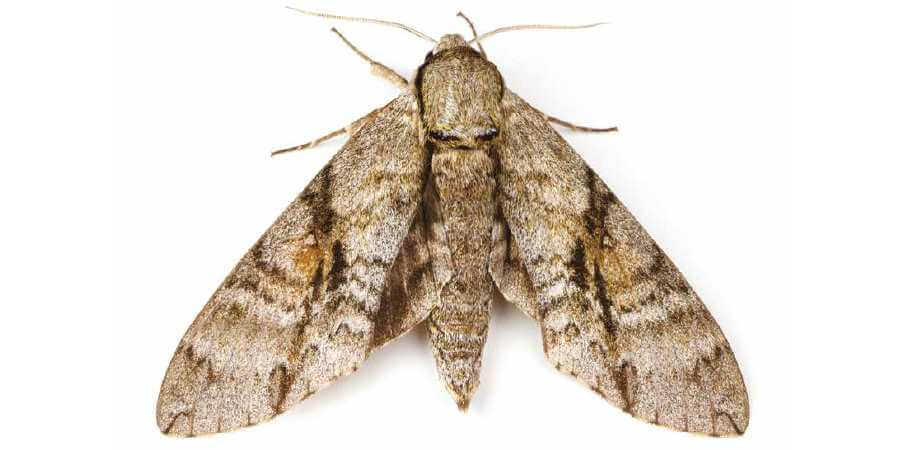
There are around 2,500 species of moth found in the UK.
The majority of them are relatively harmless, but a few are seen as pests because of the damage that their larvae cause to materials, textiles and stored products.
Unlike some pests, moths do not transmit diseases and are no risk to your health.
Where do moths live?
Moths prefer to avoid light and live in dark, undisturbed areas. They usually hide in:
- The folds of fabrics.
- Corners, cracks and crevices in quiet, forgotten areas.
- Attics.
- Basements.
- Cupboards.
- Wardrobes.
- Spaces under beds.
Moth caterpillars can be seen crawling slowly from the material they hatch on to find a secure crack or crevice. When they've found one, they spin cocoons to develop into adult moths.
What damage can moths cause?
There are 2 species of clothes moths found in the UK that are the main culprits for nibbling on your clothes:
- The common clothes moth.
- The case-bearing clothes moth.
Once inside your home, some moths can cause damage to natural fibres such as wool, silk or cotton. These materials can be found in carpets, clothes, fabrics, fur and even leather items.
Female moths can lay between 40-50 eggs onto fabrics, which can hatch within 10 days if they're warm enough.
Moth caterpillars cause damage by eating the protein, or keratin, found in natural materials. This can put your delicate items at risk, especially if they're stored away for long periods of time.
How to prevent or treat moths
You can reduce the number of moths and moth larvae in your home by:
- Changing vacuum bags regularly. Empty the vacuum outside and carefully double-bag the contents before you place them in the outside bin.
- Wash all fabrics in the affected area, including soft furnishings, linens, rugs, blankets, curtains and towels.
- Keep clothes clean. Female moths like to lay eggs on fabrics stained with sweat or urine, which give the larvae nutrients to feed on.
- Clean and wash affected furniture, including wardrobes, cupboards and drawers.
- Clean suitcases, bags, storage boxes and containers as they may be hiding more eggs or larvae.
- Check vintage clothes and furnishings are dry-cleaned and treated before placing them with other fabrics.
- Keep a look out for holes in garments.
- Keep rooms dry and well-ventilated.

